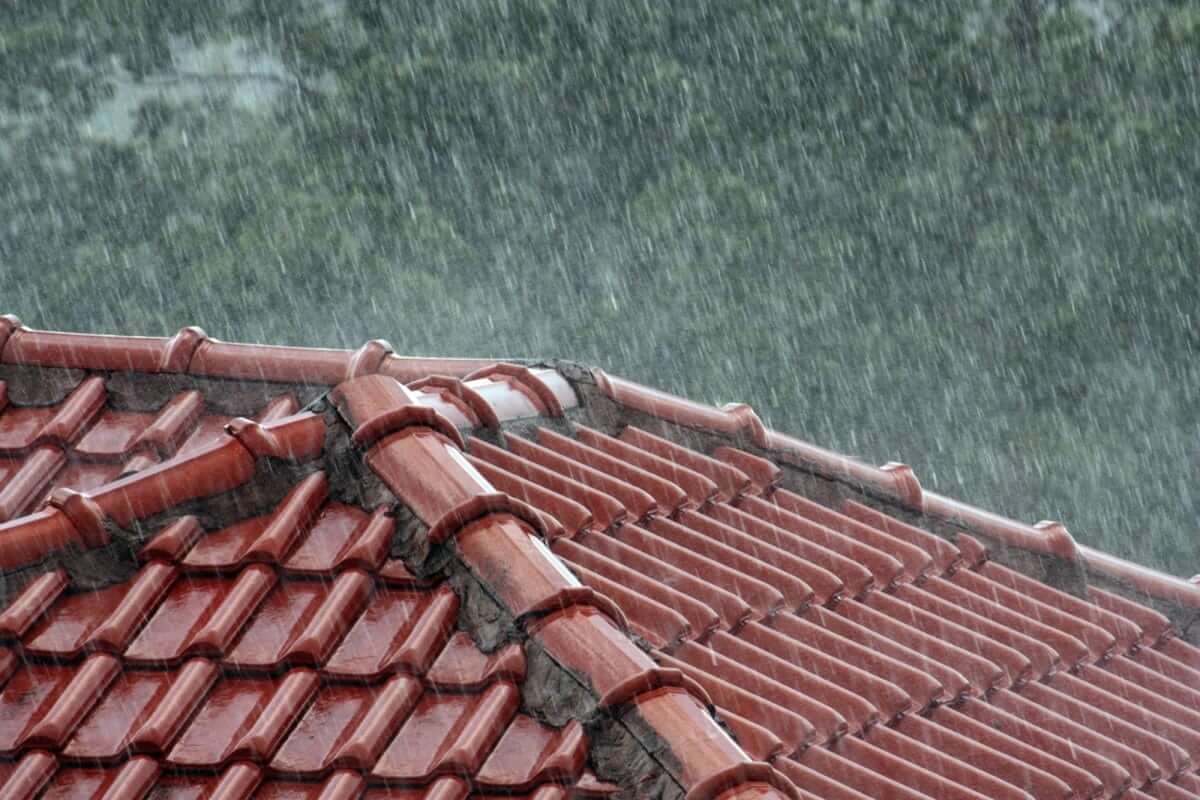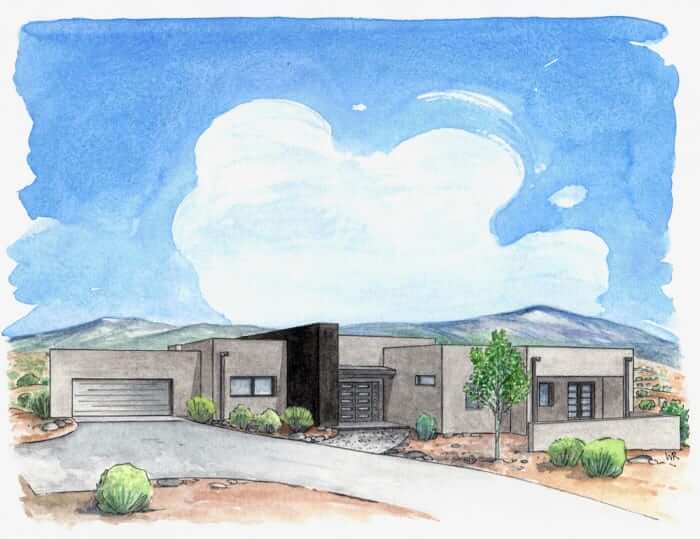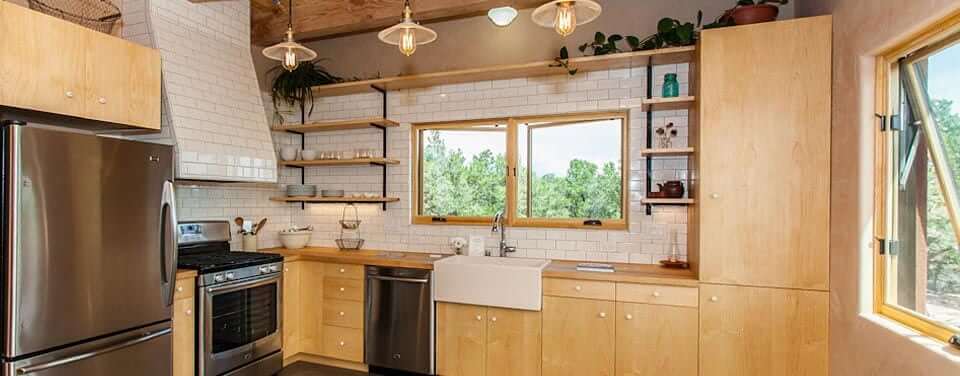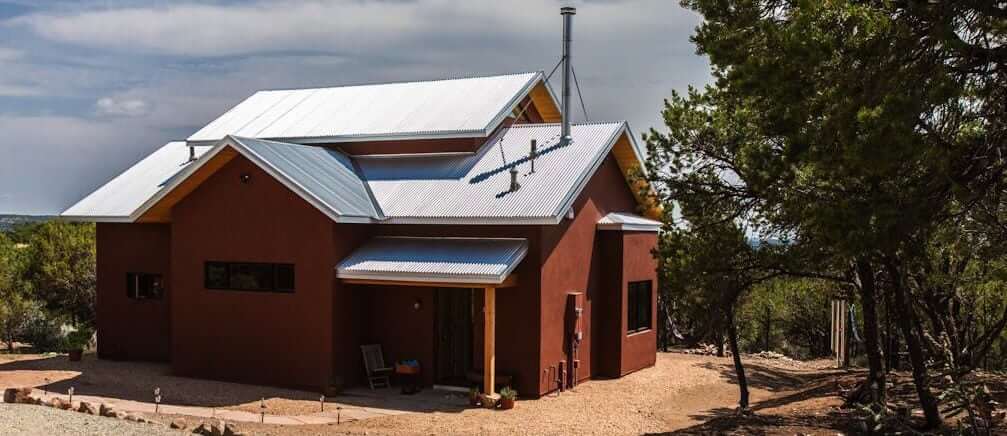As a design-build firm in Santa Fe, we are proud to be among a progressive community of conscientious builders devoted to the most sustainable residential development possible.
Many of our projects in Santa Fe have passed the rigorous scrutiny of the U.S. Green Building Council’s LEED program, the nation’s most recognized brand in green building. With its multifaceted approach to design and building, the LEED program takes into account a variety of methods, materials and other considerations to rank projects into different categories of certification, from basic to Silver to Gold and, ranking highest, Platinum.
Our LEED Platinum Home in the Works:
Currently, we are nearly complete with a home that is expected to be certified as LEED Platinum. Located in Santa Fe’s Museum Hill neighborhood, the Gonzales-Scott residence is a 2,100 square-foot, three-bedroom, two-bath Pueblo Revival style home with contemporary accents, ample outdoor living areas and stunning views of the Sangre de Cristo Mountains. Nestled into a uniquely shaped single-acre lot, the floor plan required careful consideration to capture the views and be oriented for passive solar gain.
As much as we are proud of the home’s aesthetic beauty, we are proud as well to have produced a superior model of sustainable living.
This Santa Fe home features a roof-mounted photovoltaic system that generates 4.5 kilowatts of electricity, helping the building produce nearly all of its electrical needs. The all electric home, with an electric vehicle charging station, includes a high-efficiency air-to-water heat pump that provides for radiant in-floor heating and cooling. Throughout the home are efficient LED lighting and non-toxic finishes.
Building In Water Conservation:
As for its water conservation features, the home is topped with a roof designed to capture and utilize all rainfall for the outdoor landscape irrigation as well as for toilet flushing indoors. Indoor re-use of collected rainwater is a cutting edge innovation for Santa Fe, and a pilot project in keeping with Santa Fe’s newly adopted 2012 Uniform Plumbing Code. Also, gray water beds reclaim wastewater from showers, laundry and bathroom sinks to nourish permanent landscape features.
Paying Attention to Home Insulation & Air Quality:
Additionally, the home is very well insulated, with R-30 walls and R-50 ceilings. The incorporation of an interior adobe wall provides thermal mass, which captures and retains heat energy from passive solar-oriented clerestory windows. As with all well-insulated buildings, air quality is a major consideration because air can become trapped without proper ventilation. That’s why we’ve included an energy recovery ventilation system, which ensures the proper exchange of fresh air into the home.
The system employs an air-to-air heat exchanger that brings fresh air in the home, filtering it from dust, pollen or other contaminants, while exchanging the latent heat and moisture of the indoor air being exhausted. This stabilizes indoor ambient air temperature and humidity with continuous fresh air intake. This is especially important during winter months when the home is mostly closed to the outdoors and during allergy or wildfire season.
Altogether, this Santa Fe home features many of the best available residential market design-build considerations for both comfort and sustainability. We’re confident our clients will be happy in their new LEED Platinum-certified home for years to come; and we look forward to creating more such projects for others.









